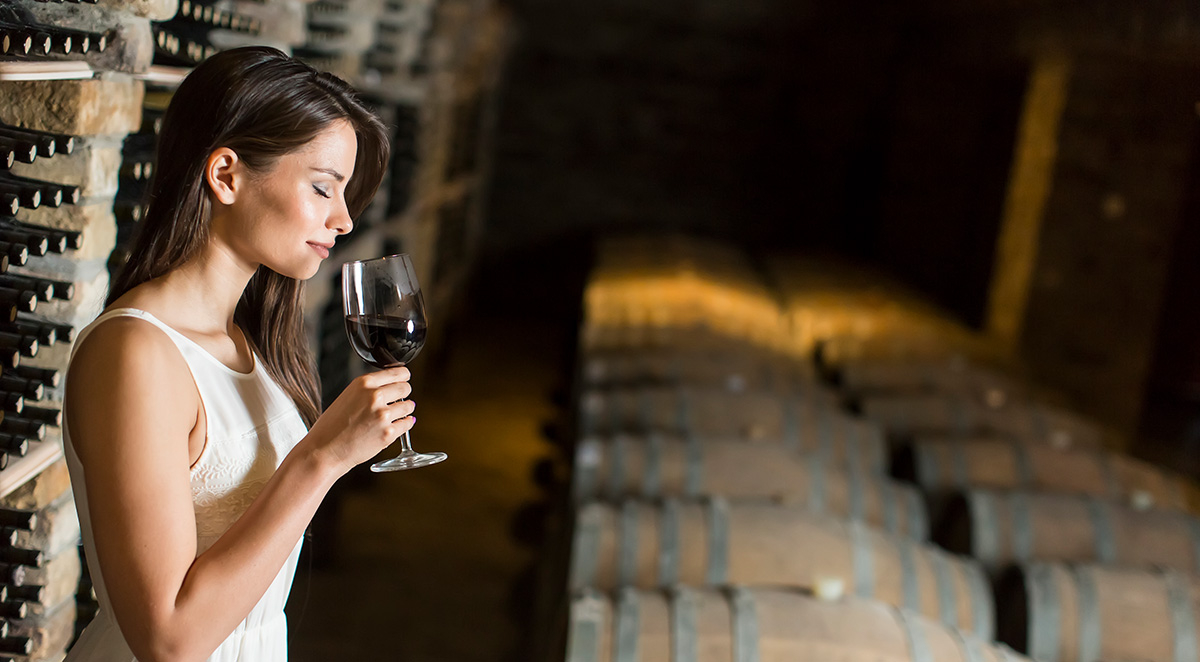The ritual of pouring a glass, savoring its aroma, and taking that first sip becomes a shared experience that brings people together. Whether it's a robust red or a crisp white, the variety of wine options allows for a personalized touch, catering to different preferences and creating a sense of exploration.
The act of sharing a glass of wine with friends also fosters a relaxed and convivial atmosphere. As the evening unfolds, the flavors of the wine complement the camaraderie, encouraging open and meaningful conversations.
The subtle notes of the wine serve as a backdrop to laughter, storytelling, and the forging of connections. The social lubricant that wine provides can turn an ordinary gathering into a memorable occasion, creating a sense of warmth and connection among friends.
The cultural and historical significance of wine adds a layer of sophistication to the experience. From the vineyards where the grapes are cultivated to the craftsmanship involved in winemaking, each bottle carries a story waiting to be shared.
Exploring the origins and characteristics of different wines becomes a journey that friends embark on together, deepening their appreciation for the artistry behind each bottle. In essence, enjoying a glass of flavorful wine with friends transcends the act of drinking; it becomes a celebration of shared moments, shared stories, and the timeless joy of companionship.
Why Patience Is Required To Enhance The Flavor Of Wine
The aging process plays a crucial role in enhancing the flavor of wine, transforming it into a complex and nuanced beverage. As the wine matures, various chemical reactions, structural changes, and evolving aromatic compounds take place within the bottle, contributing to its evolving taste profile.
Several factors contribute to the transformation of a young, vibrant wine into a more complex and refined beverage with aging. Understanding why time enhances wine flavor involves considering the intricate changes that take place during the aging process.
So, how and why does time enhance wine flavor? Here are eight key ways in which time enhances the flavor of wine:
1) Oxidation And Reduction
Over time, oxygen slowly seeps into the bottle through the cork, leading to oxidation. While excessive oxidation can spoil the wine, controlled exposure to oxygen can soften harsh tannins and create a smoother, more balanced taste. Additionally, reduction reactions occur, where certain compounds in the wine react with oxygen, producing new aroma and flavor compounds.
2) Maturation Of Tannins
Tannins are compounds found in grape skins, seeds, and stems that contribute to the structure and astringency of wine. Over time, tannins undergo polymerization, a process in which smaller tannin molecules combine to form larger ones. This results in a smoother and more integrated taste, as the astringent qualities mellow with aging.
3) Evolution Of Aromas And Flavors
Wine is a dynamic beverage with a multitude of aromas and flavor compounds. Over time, these compounds interact and evolve, leading to the development of secondary and tertiary aromas. Primary fruit flavors transform into more complex notes, incorporating characteristics such as earthiness, spice, and floral tones. This evolution adds layers of complexity and depth to the wine.
4) Development Of Secondary And Tertiary Aromas
Initially, wines showcase primary aromas derived from the grape variety. As they age, secondary and tertiary aromas develop due to the influence of fermentation byproducts and the interaction with compounds from the barrel. These added layers of complexity contribute to the wine's depth and character.
5) Microbial Activity
Microorganisms present in the wine, including yeast and bacteria, continue to play a role in flavor development during aging. These microorganisms contribute to the breakdown of certain compounds, the creation of new aromatic compounds, and the overall evolution of the wine's sensory profile.
6) Maturation In Barrels
Wines aged in oak barrels undergo additional changes due to the interaction between the wine and the wood. Oak imparts flavors such as vanilla, toast, and sometimes subtle notes of spice. The porous nature of the barrel also allows for slow oxygen exchange, contributing to both oxidation and the extraction of compounds from the wood.
7) Sedimentation And Clarification
As wine ages, particles and molecules may settle, leading to sedimentation. This process contributes to a clearer and visually appealing wine. The removal of sediment can improve the overall clarity and taste of the wine.
8) Structural Integration
With time, the various components of the wine, including acidity, alcohol, and sweetness, tend to integrate more harmoniously. This structural integration contributes to a well-balanced and refined taste.
It's important to note that not all wines benefit from extended aging, and the optimal aging potential varies based on factors such as grape variety, winemaking techniques, and the wine's intended style.
While some wines are crafted for early consumption to preserve their fresh and fruity characteristics, others, particularly certain red wines and high-quality whites, may exhibit remarkable improvements with aging. Resulting in a sensory journey that wine enthusiasts appreciate and savor, the art of wine aging requires a delicate balance of:
- time
- environment
- craftsmanship
Metro Wine For All Your Favorite Wine Flavors
We at Metro Wines have a small-feel shop with a wide selection of all your favorite wines. Our knowledgeable staff will help you find a wine selection that suits your tastes.
At Metro Wines, we believe wine is about community, family, and friends. In our shop, we offer a big shop selection with small shop service. And our pricing is not only internet competitive but often better! We like to say, "We got that!" And if we don't, we will find it for you.
For more information on our wine selection or about our Wine Case Club, visit our website or contact us. We look forward to serving you!


